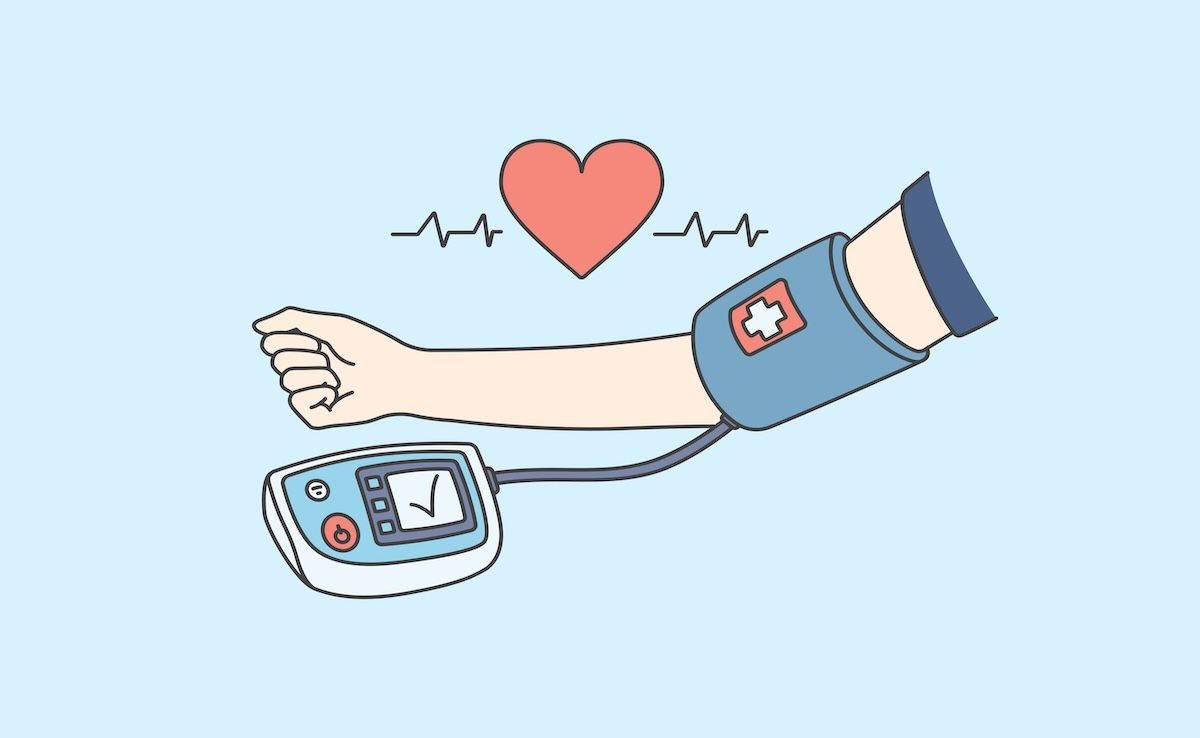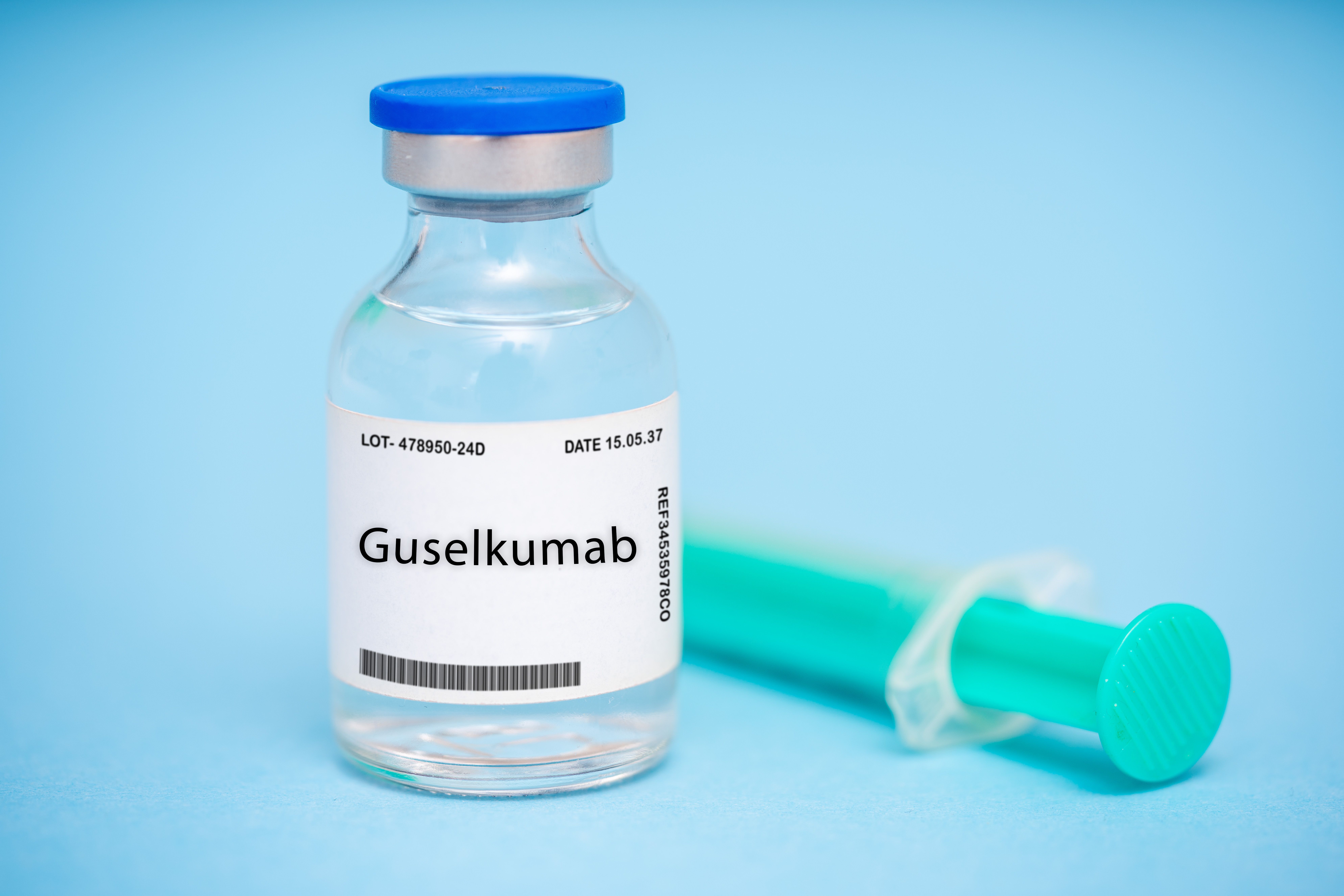Video
Factoring Age Into Frontline Therapy for MM
Keith Stewart, MB, ChB: Andrzej, what is your personal practice in terms of how you start therapy in terms of backbone treatment, what are you doing, combination of drugs?
Andrzej Jakubowiak, MD, PhD: For the time being, as practices evolve, we very much reserve our initial choices to triplet regimens. And our top 2 triplet regimens that we use are KRd and RVd. That is potentially….
Keith Stewart, MB, ChB: So that would be, just to spell out for the audience?
Andrzej Jakubowiak, MD, PhD: KRd is for carfilzomib, lenalidomide, and dexamethasone or Kyprolis/Revlimid/[dexamethasone]. And then RVd will be lenalidomide/bortezomib/[dexamethasone] or Velcade/Revlimid/[dexamethasone], as commercial names suggest. So this is initial treatment. In our practice, most patients receive KRd.
Keith Stewart, MB, ChB: Is that the same? What about people who are a bit older and maybe less able to travel, what do you use in them?
Andrzej Jakubowiak, MD, PhD: There is a good bulk of these patients, which in some criteria would be categorized as older and maybe frail, and even distance may be a factor, whom we still offer what we believe is the most active of these regimens, based on evidence so far, which is KRd [carfilzomib/lenalidomide/dexamethasone]. But there are some patients who have….
Keith Stewart, MB, ChB: So you’re giving KRd to like 85-year-olds?
Andrzej Jakubowiak, MD, PhD: I do.
Keith Stewart, MB, ChB: What about you?
Rafael Fonseca, MD: I have to say I can see how some patients would be treated that way, but I’m also impressed by how toxic the regimens can be in the very elderly. And it is a challenge because I think on the one hand, you have attention; doctors who pay attention and try to do their best, I think that contributes to good long-term outcomes. But then you have to balance that with tolerance by patients. And it’s not unusual that I would use milder regimens, in some occasions, even doublets in the very elderly. I don’t think I have the answers for that. That’s why I was particularly interested in this session, and I do think we have a gap of knowledge in that patient population.
Keith Stewart, MB, ChB: Mary, the MMRF [Multiple Myeloma Research Foundation] is tracking, through some of your programs, what people are receiving around the country. What are you seeing in terms of upfront use in younger and older patients?
Mary E. DeRome: We’ve certainly seen an uptick in triplet regimens in all segments of the patient population, which we think is a good thing because certainly our data have borne out that triplet regimens are more effective than doublets. But again, if you’re dealing with this elderly population, which is more frail, there is a significant number of those patients who are still receiving doublets as well.
Andrzej Jakubowiak, MD, PhD: I think to wrap up this discussion balancing convenience, toxicity, and potentially efficacy of the regimen, that this is part of the initial discussion with the patient, which eventually is very balanced and eventually helps to select. We are challenging the question of [an 85-year-old patient], probably most of the time I would not use KRd . But I could use for [an 85-year-old] who is fit and who has a goal to live as long as possible, a regimen that is the best. So, if that surfaces during discussion as the primary goal, “I want to be in remission as long as possible, I want to prolong my life as much as possible,” then the choices are driven by that.
Rafael Fonseca, MD: If I could add something else. There’s an abstract, I believe, at this meeting that looked at the data on ASPIRE and ENDEAVOR and broke it by age groups.
Keith Stewart, MB, ChB: Since many people might not know what those are….
Rafael Fonseca, MD: Of course. Those are 2 clinical trials, phase 3 trials. One of them compares carfilzomib/lenalidomide, and dexamethasone versus lenalidomide and dexamethasone. Dr Stewart was a principal investigator for that trial. And the ENDEAVOR was a head-to-head comparison, also phase 3, of carfilzomib/dexamethasone versus bortezomib/dexamethasone. And the point of that abstract is that as you look across the various age groups, the benefit appears to persist. So I think there’s a lot of head-scratching because on the one hand, I see those results and I go, of course it matters. We don’t want to undertreat patients. On the other hand, you see the importance of fitness, comorbidities, and the toxicity we see every day in the clinic.
Keith Stewart, MB, ChB: You have to remember, to get on the trial in the first place you have to be relatively fit, right?
Rafael Fonseca, MD: Of course. That’s a very important point that shouldn’t be missed.
Keith Stewart, MB, ChB: And actually, many of the trials exclude elderly, unfit patients, so we really don’t have good data.
Rafael Fonseca, MD: In this one…they looked at the patients. I believe the last cutoff was over the age of 75. But again, that tension between not undertreating and making sure that we balance toxicity.
Keith Stewart, MB, ChB: What about monoclonal antibodies? We’re going to talk in a bit about some of the latest data. But have you seen any enthusiasm for those from our patients?
Mary E. DeRome: A great deal of enthusiasm. Patients are becoming more and more well informed, and they’re very interested in immunotherapy, obviously, because it’s such a fantastic area of research right now in oncology. We’re seeing a lot of interest. And many of the education programs that we’re putting out there around monoclonal antibodies and other immunotherapies are very well attended. So patients know that these therapies are out there, and they’re learning about them, and they are asking their physicians about them, which is a great sign.
Keith Stewart, MB, ChB: Have you had the opportunity to use upfront monoclonal antibodies?
Rafael Fonseca, MD: Not as of yet outside of the clinical trials, but I anticipate we will all be doing that pretty soon. But you see the results of something like the GRIFFIN trial that was presented at the ASH [American Society of Hematology] meeting, which was a combination of daratumumab plus a standard triplet, RVd, so lenalidomide/bortezomib, and dexamethasone. And at least at that point, the depth of the response is quite impressive. So I don’t think it takes a lot of imagination to see the monoclonals being front line.
Keith Stewart, MB, ChB: What about you, have you tried monoclonals in the front line yet?
Andrzej Jakubowiak, MD, PhD: I have and mostly in the context of clinical trials, but to some extent, to maybe answer your prior question with additional comment. My guide for selecting a regimen is, in a way, helped by what would have been the eligibility for a clinical trial. I have those trials. I know what I am looking for. And if patients would have met criteria for enrollment into a clinical trial, that is then discussed in more detail. But of course, that’s a possibility. So we have currently 2 trials that partner antibodies, one KRd plus elotuzumab, and the other is daratumumab. If the patient meets criteria to be enrolled, we treat patients as old as 80+ on one of these trials.




